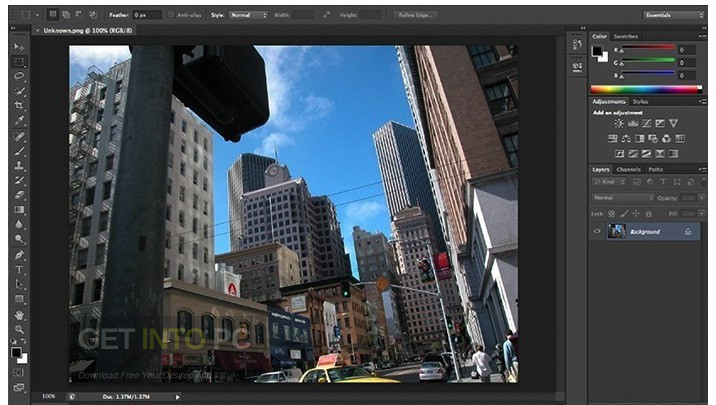

- #ADOBE PHOTOSHOP CC FOR MAC PRO#
- #ADOBE PHOTOSHOP CC FOR MAC SOFTWARE#
- #ADOBE PHOTOSHOP CC FOR MAC MAC#
Save $10 with the code PHOTOFOCUS10.Ĭapture One – Capture One creates powerful photo editing software for all kinds of photographers.


With weather sealing and advanced image stabilization, you’ll open up your creative possibilities.ĪfterShoot – AfterShoot helps photographers cull their photos faster, leaving them more time to spend on creative tasks. Tamron – Need lightweight, compact mirrorless lenses? Tamron has you covered, with superior optics perfect for any situation.
#ADOBE PHOTOSHOP CC FOR MAC MAC#
I love Adobe and Adobe products, don’t get me wrong, but I feel like they’re drinking the same water as Apple and Microsoft, as it seems that they all are experimenting with live users instead of testing software past 70% completion.įor now, I’ll just wait to use my main machine along with the many others that own 2013 Mac Pros and 2015 iMacs.
#ADOBE PHOTOSHOP CC FOR MAC PRO#
I guess the last option is to edit on a whole new machine.īetween random bugs like this one, Lightroom curves not working correctly, Lightroom not displaying correctly with dual monitors, Photoshop’s blending layers, Photoshop’s healing brush issues and blowing out speakers (Adobe’s Premiere Pro was destroying 2018 MacBook Pro speakers due to a software bug), I can’t help but feel like a guinea pig. Running without hardware acceleration does make things noticeably slower, but it does make it the filter work.
Choose Photoshop > Preferences > Performance. Disable the Use Graphics Processor option in the preferences. Hold down the Option key when you select Filter > Liquify to disable the Use Graphics Processor option when launching the Liquify dialog. Run Liquify without graphics acceleration: Kind of strange as to why this is only affecting these certain machines, but Adobe is working with Apple to figure it all out. The bug was mysteriously fixed with Apple’s 10.14.1 patch, but then reappeared on 10.14.2 and 10.14.3. Judging by the forums and the notes from Adobe, the bug existed when macOS Mojave was first released and affected those running Adobe Photoshop 2018. Much to my surprise, other images I edited with the Liquify Filter showed consistent results. I thought at first that it was due to the file’s corruption, it was “Recovered” by Photoshop, so I had expected to be isolated to that file. Sure enough, after that, black little spots appeared on my images right after using the Liquify Filter. I can’t say that I had knowingly updated my machine to a newer version of Photoshop 2018, but I apparently did in January. I had always kept my macOS up to date, but haven’t really updated much of my Adobe products, since I’ve heard of other dreaded bugs, the one scaring me the most was the one affecting the healing brush. About two weeks ago, I didn’t experience this problem at all. The worst part is, I’m personally running a 2013 Mac Pro with the FirePro D300 video cards. MacBook Pro (Retina, 15-inch, Mid 2015)Īnd to be more specific, the bug affects Macs with the following graphics cards:. The following machines are affected based off the list of graphics cards that Adobe says are affected: Sadly, it was unknown to me, but known to Adobe.Īdobe has the bug aptly named, “Black artifacts on image after using the Liquify filter.” The issue comes down to having graphics acceleration turned on when using the Liquify Filter when you’re using certain machines running macOS 10.14.0, 10.14.2 or 10.14.3. Not very long ago, I smashed more than three dollars worth of Hi-Chews in my hand out of sheer frustration over a bug known in Adobe’s Photoshop CC 20. One can probably imagine the amount of annoyance felt when unwanted black freckles show up on an image you’re cleaning up.







 0 kommentar(er)
0 kommentar(er)
